The Institute has also foΩ✔rmed its own characteristics in th e disease research of mari☆↑ne organisms, mainly in the disea₽λ™✔se research of coral and abalone. For example≈ε: a new virus pathogenic to corals, a viru→¶s pathogenic to zooxa"÷ δnthellae and its inclusion b♣≥₹λodies were discovered; the infectio✔Ωn process of the spherical virus ≤←of Hainan variegated abalone from$γ germ cells to embryos in abalone and $§its impact on the virus The letha®™lity of variegated abalone; a filamentou ≥s dinoflagellate found t☆¶¥λo cause coral death and melanization; four₽¥¥σ species of coral-eating $≤↓starfish were found,♥±€Ω not just the thorny starfish; a species that har§ ✔ms corals was also found Ciliate® s that eat zooxanthellae, it can also causeβα the coral to secrete a lot o↔€f mucus, etc. In terms of disease✘ resistance research, a polyclonalπε←÷ vibrio antiserum has been developed to©π effectively treat wound infection in fish; thβ ∞✔e feeding effect of lobsters and ™snails on starfish ha☆← $s been discovered for the first time in th↑♦e world, which direc'♣•tly supports the protection of cσεoral reefs; The vibrio vaccine pr≈ ★ovides immune protection to millions of fry.→"®
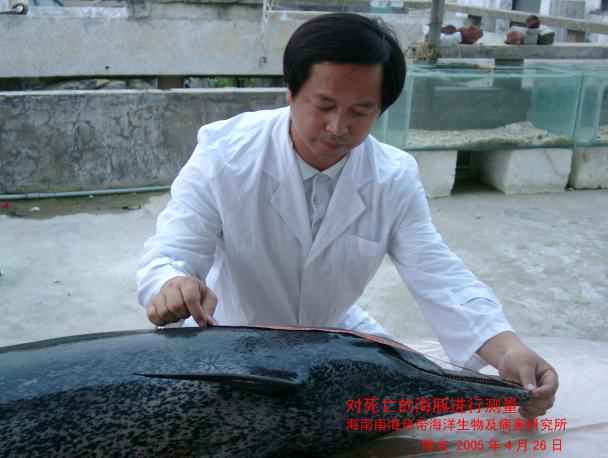
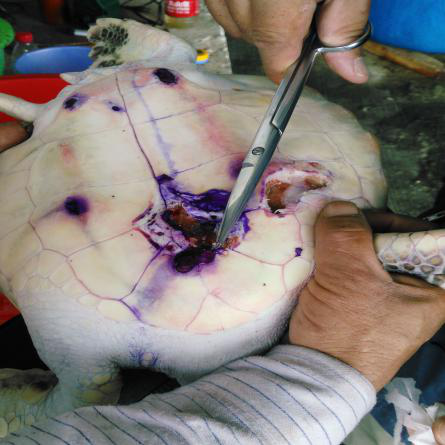
Figure (left) autopsy of dolphins; (right) treatm>εent of sea turtles

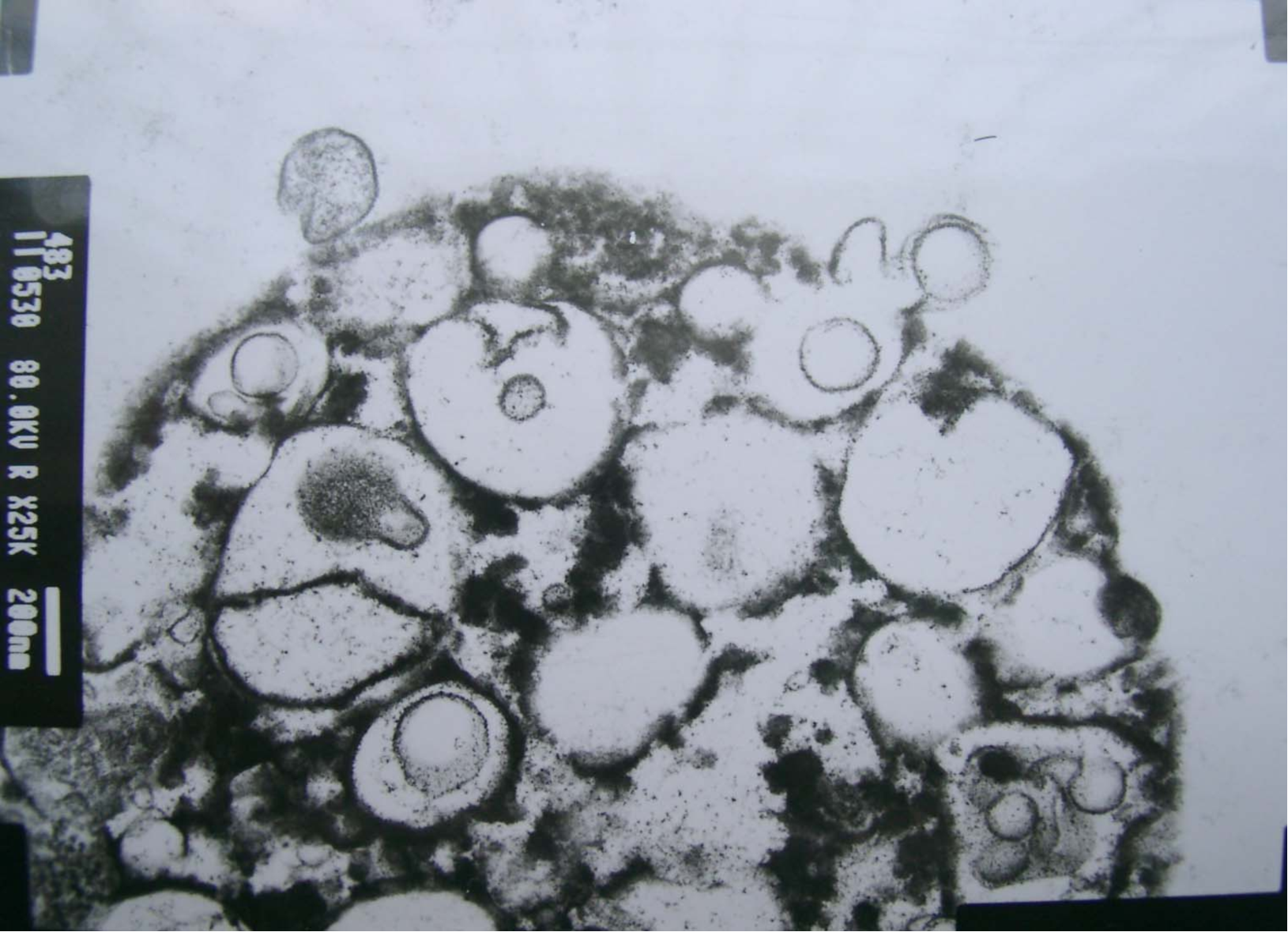
Picture (left) ciliates eating zooxanthellae o₽¶n coral body; (right) virus of zooxanthellae
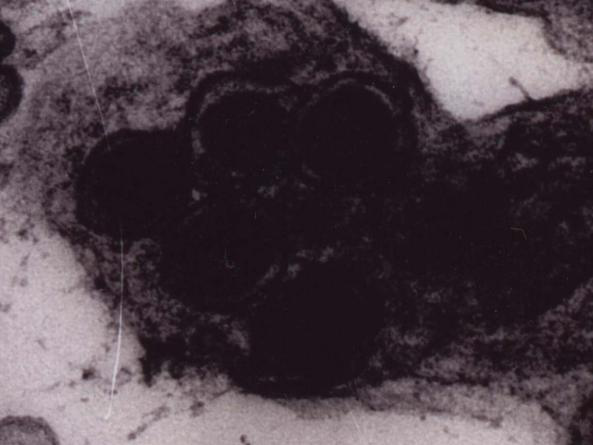
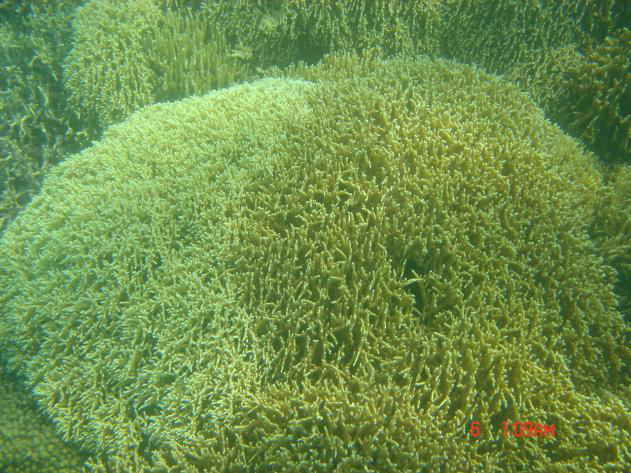
Figure (left) Viruses in corals: (rightπ$) Epidemiological study of coral bleaching